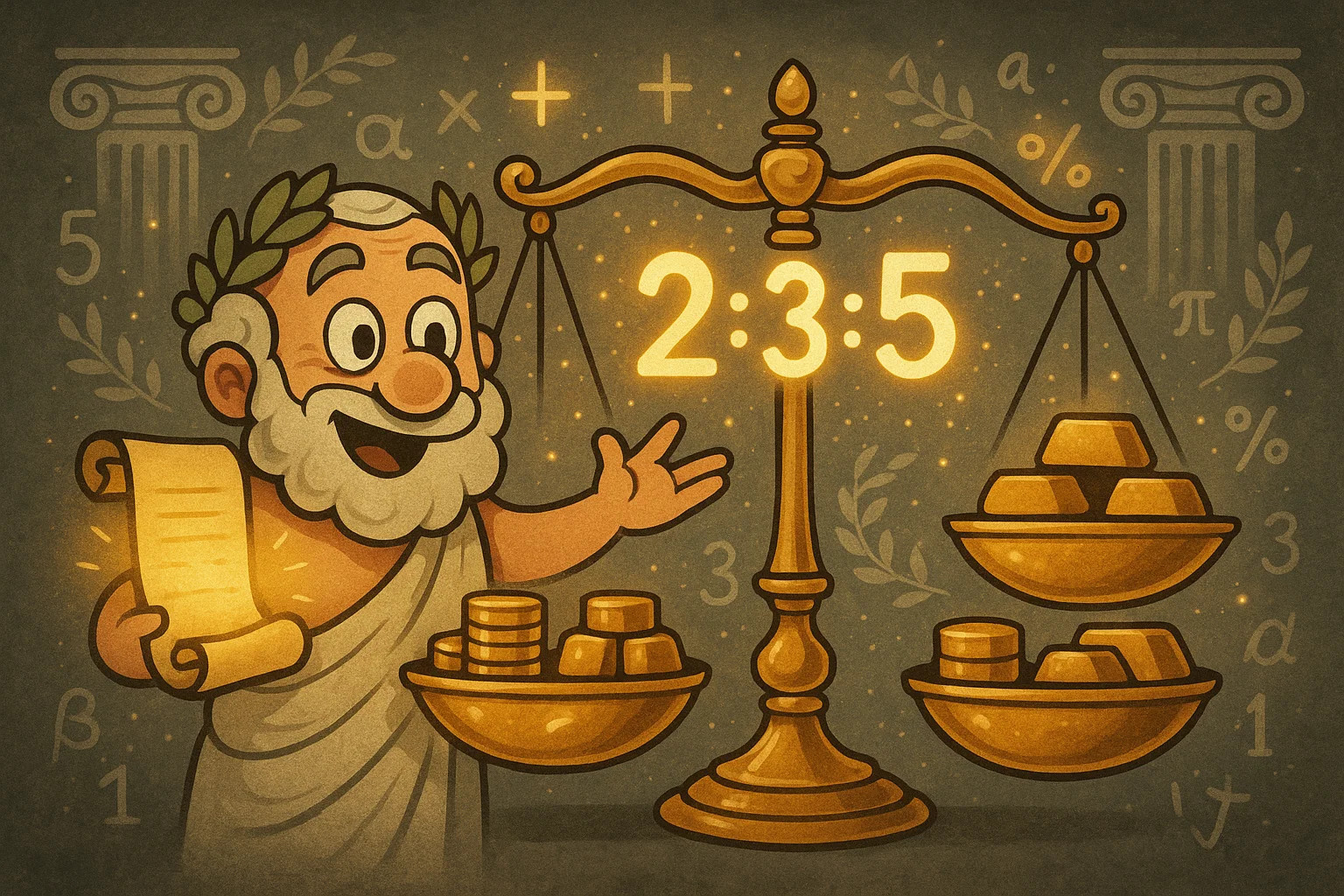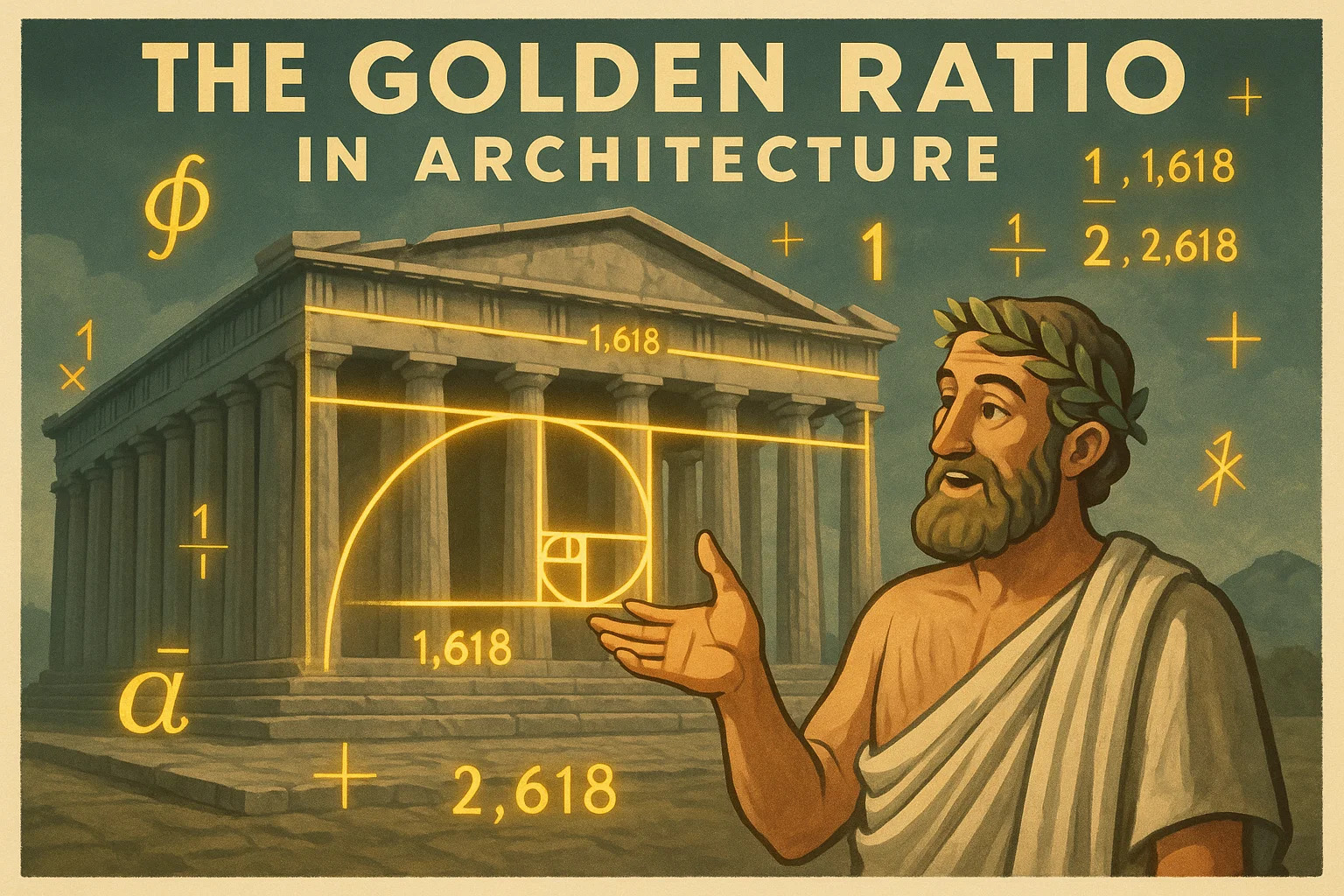What Is a Ratio of Three Numbers?
A ratio of three numbers shows how three different values relate to each other. Instead of comparing just two quantities, like flour and sugar in a recipe, a three-number ratio helps balance three parts at once. For example, a ratio of 2:3:5 could describe how profits are divided among three business partners, how ingredients are mixed in a formula, or how materials are allocated for a project.
Three-part ratios are common in everyday life and professional fields because they make it easy to scale or split things accurately. You’ll find them in:
-
Finance – Dividing profits or investments among partners.
-
Cooking and chemistry – Scaling recipes or mixtures.
-
Construction and design – Distributing materials proportionally.
Unlike a simple two-number ratio, a three-number ratio lets you see the relationship between all three parts at once, keeping everything in balance. Whether you’re splitting expenses among friends or planning out resources for a project, three-part ratios make sure nothing is left uneven.
Did you know? “Ratios as we know them today date back to Euclid’s work in 300 BC, where he described how to divide quantities proportionally — a concept still used in classrooms and industries worldwide.”

How to Calculate a Three-Number Ratio
Working out a ratio with three numbers isn’t as complicated as it sounds. The goal is to simplify the three values so they’re easy to work with and accurately represent their relationship. Here’s the step-by-step process:
-
Write down the three values.
Let’s say you need to divide a bonus of $1,000 among three people based on their contributions of 200, 300, and 500 hours worked. -
Find the greatest common factor (GCF).
All three values can be divided by 100, which simplifies the ratio to2:3:5. -
Add up the ratio parts.
2+3+5=10total parts. -
Divide the total amount by the number of parts.
1,000÷10=100per part. -
Multiply each ratio term by the value of one part.
-
First person:
2×100=200 -
Second person:
3×100=300 -
Third person:
5×100=500
The $1,000 bonus is divided as 500,200, $300 while keeping the ratio balanced.
This same approach can be used for anything — splitting profits, scaling up recipes, or dividing building materials. If you don’t want to crunch the numbers yourself, the Ratio of Three Numbers Calculator can simplify, scale, or divide values instantly.
The Golden Ratio in Architecture: A Three-Part Balance from History
One of the most famous examples of ratios — especially those involving three parts — can be found in ancient architecture, most notably the Parthenon in Athens, Greece. Historians and mathematicians have long noted how the building’s design reflects proportions close to the Golden Ratio, a mathematical relationship that can be expressed in a ratio like 1:1.618:2.618 when broken into three parts.
According to research published by the British Museum and in architectural history texts, the Parthenon’s façade incorporates this tripartite balance:
-
The height,
-
The width,
-
And the spacing of columns all follow proportional relationships derived from this ratio.
This wasn’t just aesthetic — the Greeks believed harmony in architecture mirrored harmony in the natural world. Today, architects and designers still use similar three-part ratios, inspired by these ancient principles, to create visually pleasing and structurally sound designs.
Fact: The Parthenon’s design has been studied for centuries, and its use of proportional ratios has influenced everything from Renaissance paintings to modern skyscrapers (as noted in The Geometry of Art and Life by Matila Ghyka, Dover Publications).
Three-part ratios like these show that such mathematical relationships aren’t just for calculations — they’ve shaped some of the most enduring works of human history.
Other Considerations
Working with three-number ratios can feel simple on paper, but when the numbers get big — or you’re juggling totals, percentages, and conversions — it can turn into a time sink. That’s where a few handy tools can make life a lot easier.
-
Ratio Calculator: A good starting point when you need to simplify or scale any ratio, whether it’s two numbers or more.
-
Ratio of Two Numbers Calculator: If you’re just comparing a pair of values, this keeps things quick and clean without extra steps.
-
Math Calculator: Useful when you’re converting ratios into fractions, percentages, or decimals.
-
Percentage Calculator: Perfect for turning a 2:3:5 split into percentages when you’re writing up a report or invoice.
These tools come in handy whether you’re splitting a restaurant bill, dividing profits between business partners, or scaling materials for a project. While you can always work through ratios by hand, letting the calculators handle the number crunching means you can focus on the bigger picture — like making decisions or double-checking your results.


